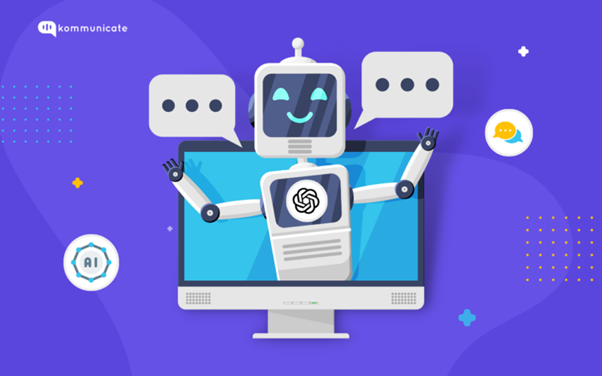By now, we’re highly aware that AI is revolutionizing how we work and live. From automating work processes to easing people’s workload, AI has done a lot to help make our lives easier.
Beyond the workplace, AI is also changing the way we learn. With the development of advanced machine learning algorithms, AI has the potential to transform traditional learning methods and make learning more fun and engaging. As such, the U.S. has recently introduced the AI Bill of Rights. According to a report by ExpressVPN, the bill aims to protect the public from harm that automated systems can produce through their various algorithms.
Thanks to the bill, AI technologies might just become more accessible, which could make it safer for the classroom. As it stands, AI is already making waves, with ChatGPT potentially changing the way things are done in customer service. Below, we look at how AI could make learning more fun and exciting for children.
5 Ways AI Could Make Learning Fun
More tailored ways of learning
One way AI makes learning more fun is through personalized learning. By analyzing data on a student’s learning style, preferences, and progress, AI algorithms can tailor educational content to match the student’s needs. This helps students learn at their own pace and keeps them engaged by presenting content that resonates with them.
Adding gamification aspects
Another way AI is making learning more fun is through gamification. By incorporating game elements into educational content, AI-powered educational apps and platforms make learning more interactive and engaging. For example, language learning apps like Duolingo use AI algorithms to personalize learning content and turn the learning process into a game-like experience. Students earn points and rewards for completing lessons, making learning fun and rewarding.
Immersion learning
Using AI software and a headset, students can easily be immersed in their lessons and uncover different ways of learning. For example, history and geography lessons could become more exciting when students “experience” historical events and see what it’s like to live in a specific time period or event. Natural geography lessons could also be a lot more fun when students can see models of rock formations and how they can change over time due to erosion and natural forces.
Attention to detail
AI-powered virtual tutors are also changing the way students learn. Virtual tutors can provide personalized feedback, answer questions, and offer additional support to students. This makes learning more interactive and engaging, as students can interact with their virtual tutor in real-time, receive instant feedback on their progress, and ask questions whenever they need help.
With AI, learning becomes more accessible
For students with disabilities or learning difficulties, AI-powered educational tools can offer personalized assistance to help them overcome their challenges. For example, speech recognition technology can help students with dyslexia or other reading difficulties to read and understand the text more easily. AI can also make it easier for students studying abroad or in remote locations.
Overall, there are many things that AI can do to make learning more fun and exciting for students and ease the stress that some teachers might face when planning lessons. However, just like any other technology in this world, AI should be monitored to ensure that it remains valuable and beneficial for its users.














